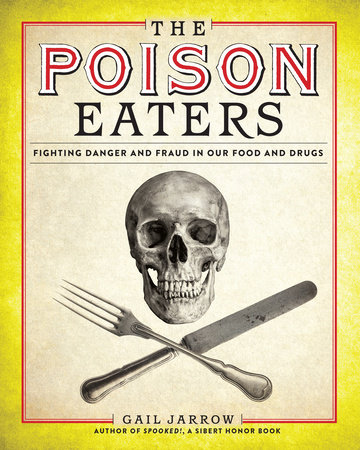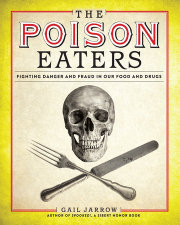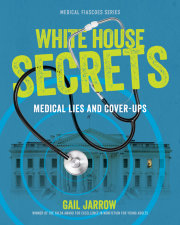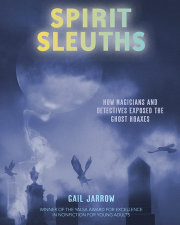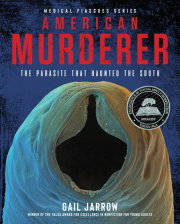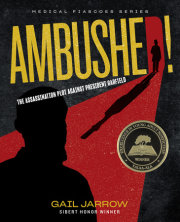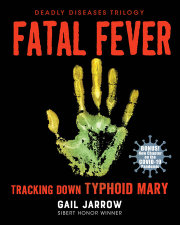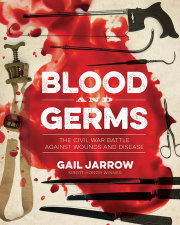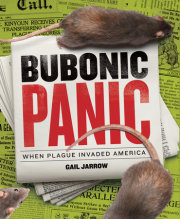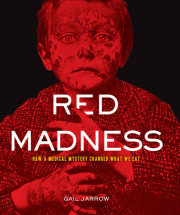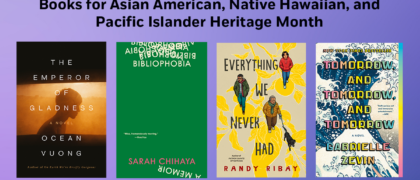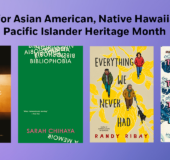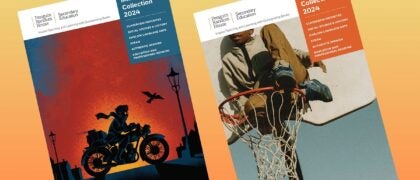You’re so hungry you don’t have to be called twice for dinner.
It’s 1890, and you live in a large town or city, just like a third of Americans. Your grandparents had a farm and grew their own food. Now, your mother and all her friends buy food at a grocery store.
You pick up your fork and dig in. The meat on your plate was supposed to be chicken, but it sure doesn’t look or smell like that. Actually, it’s cheap, fatty pork someone a thousand miles away stuffed in a can and shipped to your neighborhood store.
The sausage sizzling in the pan also came from a filthy factory a thousand miles away. It was made from a pulverized mass of meat scraps swept off the floor—along with the rat feces—and mixed with borax to keep it from rotting.
[Borax is the same stuff in scouring powder and laundry detergent.]The peas are bright green and look delicious. The company that canned them added copper sulfate to enhance the color.
[Today this chemical is used to prevent wood rot and pond scum.]The milk in the bottle was watered down. Then a dash of formaldehyde was stirred in to keep it fresh longer.
[Formaldehyde is used to embalm dead bodies . . . and not recommended for drinking.]The jam is tasty enough, although your mother assumed she was paying for something made from strawberries and sugar. Instead the jar is full of glucose, leftover apple pieces, a dangerous red dye, and salicylic acid to keep it from spoiling.
[Today, salicylic acid is an ingredient in wart remover, acne cleanser, and dandruff shampoo.]Your little brother starts crying. He’s cutting a new tooth. Mom gives him a spoonful of Mrs. Winslow’s Soothing Syrup, guaranteed to calm a fussy baby. She has used it before, and it works. That’s because the medicine contains morphine, a strong narcotic, which knocks out your brother for several hours.
For dessert, your mother places a yummy-looking cake on the table. To prepare it, she added baking eggs. Not only were they cheaper than the eggs she fries up for breakfast, but they were also older. Much older. She would have noticed the telltale odor of rotting eggs except that they’d been deodorized with formaldehyde.
Winking, Dad slips you a piece of candy under the table. Unknown to him, the candy company tinted it with arsenic- and lead-based colors.
[Arsenic and lead are not ideal treats for growing children. Arsenic causes digestive ailments. Lead affects the brain and nervous system.]Mom has no idea that she’s serving the family these cheap substitutions and hazardous chemicals. The packages and bottles don’t list the ingredients. She can only trust her nose and eyes to tell if the milk is sour, the eggs decayed, or the meat rotten. Food manufacturers have found ways to fool her.
****
At the dawn of the twentieth century, few people had a clue that they were regularly being ripped off, drugged, and poisoned.
A dedicated group of Americans recognized what was going on, and they set out to make food and medicines safer.
The battle would be long and frustrating. Victories were often unsatisfying. Before it was over, men, women, and children suffered and died. But eventually, the persistence and hard work changed our world.
Copyright © 2019 by Gail Jarrow. All rights reserved. No part of this excerpt may be reproduced or reprinted without permission in writing from the publisher.

